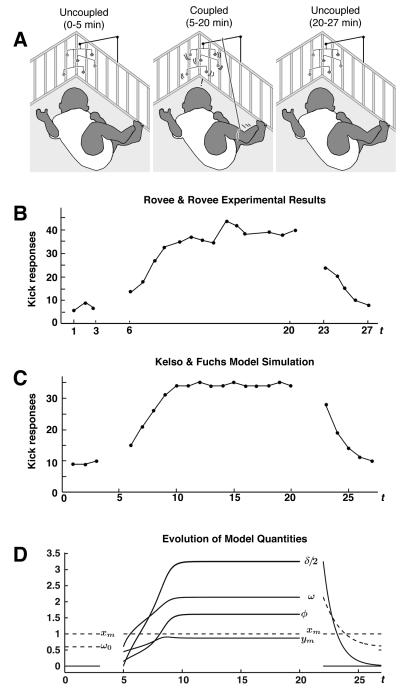Figure 1. The baby~mobile experiment: Data and theoretical model.
A. The three phases of the MCR paradigm. B, C. Comparison of experimental findings (B) and model (C). D. Evolution of model quantities over time during a single trial run. On the left part, as in A, the baby and mobile are uncoupled. The mobile is still and the baby exhibits a spontaneous kicking rate ω0 with amplitude xm. At around t=5 the baby and the mobile are coupled. Baby’s kick rate, ω and amplitude of mobile movement ym rapidly increase up to a steady state as does the parameter δ. Moreover, the phase relation between the baby’s leg movement and the motion of the mobile increases to ø = 90 degrees, characteristic of a resonant coupled state. At t=20, the baby and the mobile are again uncoupled; δ and kick rate decay back to a baseline level. Notice in both data and model that after the baby is decoupled from the mobile, it does not simply stop moving, i.e., leg movements continue but at a steadily decreasing rate.

